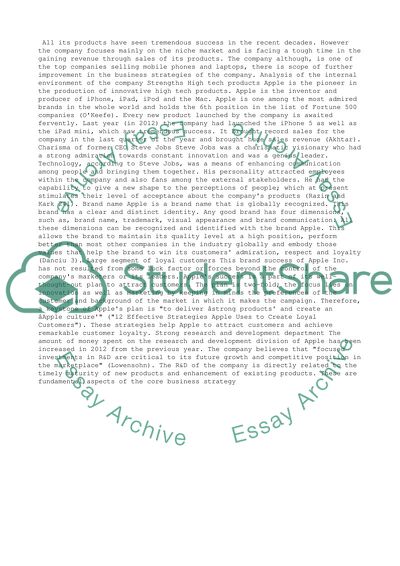Cite this document
(“Apple inc. keeping the 'i' in innovation Case Study”, n.d.)
Apple inc. keeping the 'i' in innovation Case Study. Retrieved from https://studentshare.org/management/1480524-apple-inc-keeping-the-i-in-innovation
Apple inc. keeping the 'i' in innovation Case Study. Retrieved from https://studentshare.org/management/1480524-apple-inc-keeping-the-i-in-innovation
(Apple Inc. Keeping the 'i' In Innovation Case Study)
Apple Inc. Keeping the 'i' In Innovation Case Study. https://studentshare.org/management/1480524-apple-inc-keeping-the-i-in-innovation.
Apple Inc. Keeping the 'i' In Innovation Case Study. https://studentshare.org/management/1480524-apple-inc-keeping-the-i-in-innovation.
“Apple Inc. Keeping the 'i' In Innovation Case Study”, n.d. https://studentshare.org/management/1480524-apple-inc-keeping-the-i-in-innovation.


